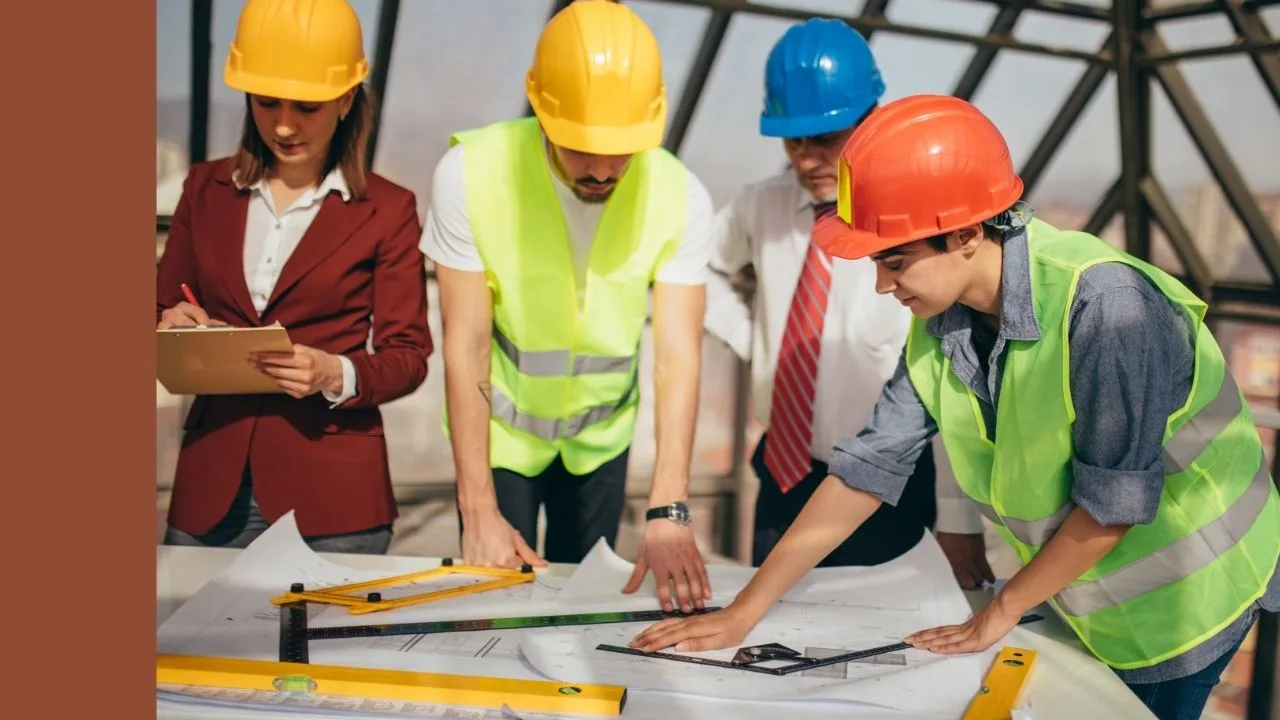Warren Buffett famously said, “price is what you pay, value is what you get”.
Put another way, the price is what we’re asked to pay, the value is what we’re willing to pay.
It’s a hugely important distinction for investors and businesspeople alike.
In simple terms, we should buy shares when the price is well below the value. But just like buying a pair of used Nikes selling for a price of $30, determining what something will be worth to someone else in the future isn’t as straightforward.
Below, I’ve included educational videos detailing 3 ways that I and other professional analysts would value ASX and global shares
and businesses.
The Purpose of Business Valuation
In this video, I discuss the purpose and intent of business valuation by describing the need-to-know terms and concepts, including the difference between price and value, Intrinsic Value, and Asymmetric Return.
1. Using Ratios
In this video, I discuss business valuation using ratios like P/E, P/B, EV/EBITDA, Free Cash Flow and more.
Episode 2. Valuation Using The Balance Sheet
In this episode, I move step-by-step through a stock market valuation technique which uses the assets on a balance sheet to value a company.
Episode 7. Discounted Cash Flow (DCF) Analysis
In this lengthy video, I move step-by-step through DCF valuation.
DCFs are the most common valuation technique used by analysts and investors to calculate the value (sometimes called “price targets”) of shares/stocks, businesses and companies. But like all valuations, they’re not perfect.
Is it reliable?
The process of business valuation was always a great mystery to me until I took repeated university courses, read countless finance books and learned from others. Ultimately, however, valuation is more of an art than a science.
And it really comes back to the old spreadsheeting rule: garbage-in-garbage-out. That’s why 90% of the hard work is done before modelling is undertaken in a spreadsheet (reading, attending conferences, speaking with customers and suppliers, etc.). Click here to download my free investing report, including 4 rules I use to pick businesses.
At the end of the day, valuation requires someone (you, me, another analyst) making many assumptions that may or may not prove to be correct. So always tread with care and be critical of the forecasts and assumptions used by yourself and others.
To download a free educational template and view the other episodes in this series, you can view my free course here.
Disclaimer: These videos are provided for educational purposes only and should not be relied upon. They do not take into account your objectives, needs, risk profile or goals. Investing involves risk and models are never a perfect model of reality, nor a guarantee of success. Please read The Rask Group’s terms and Financial Services Guide before watching the videos.










